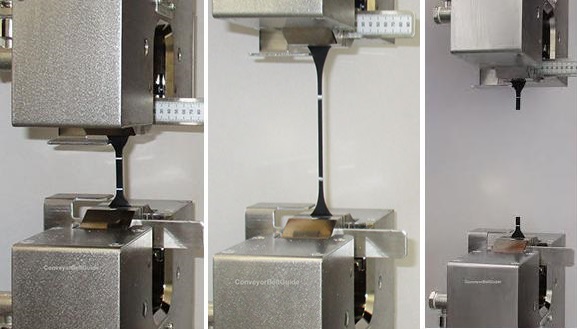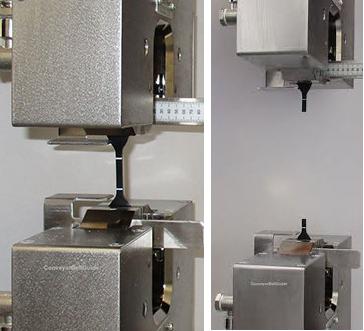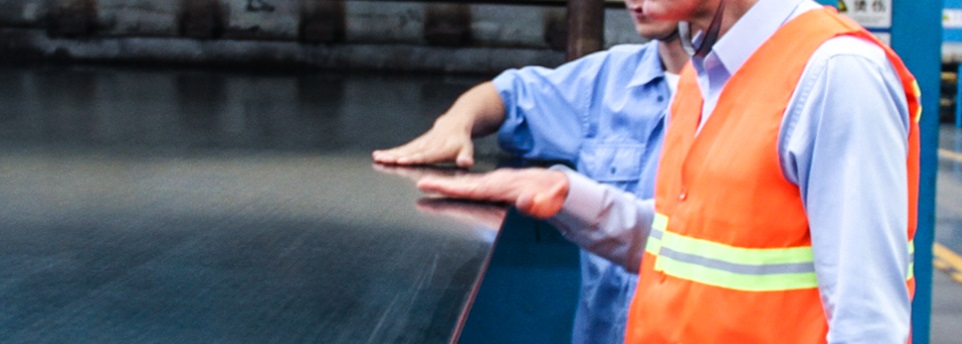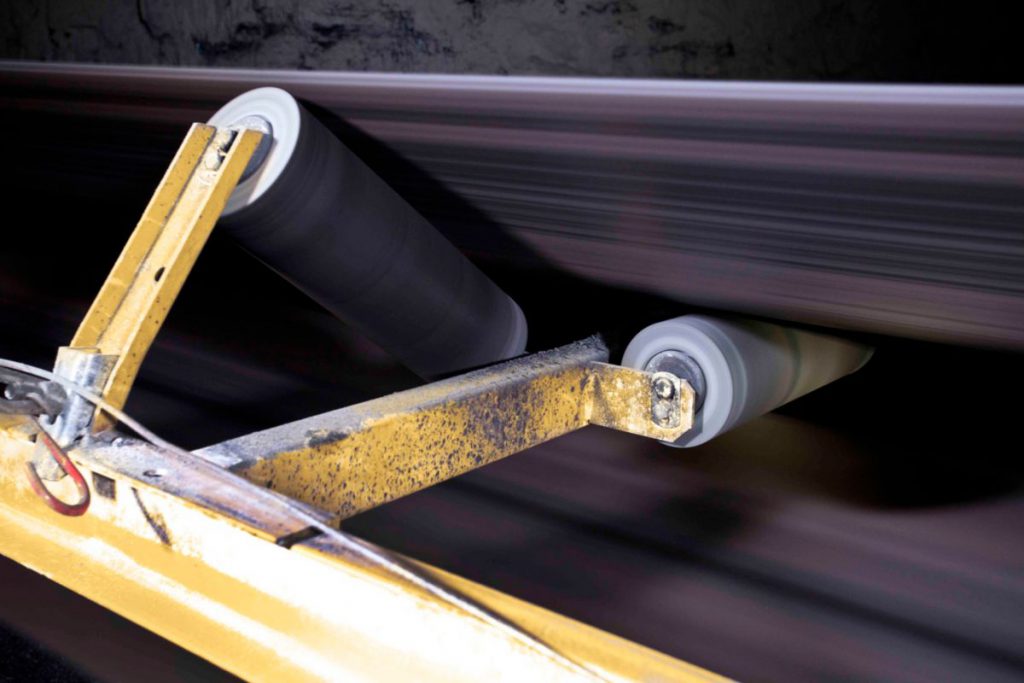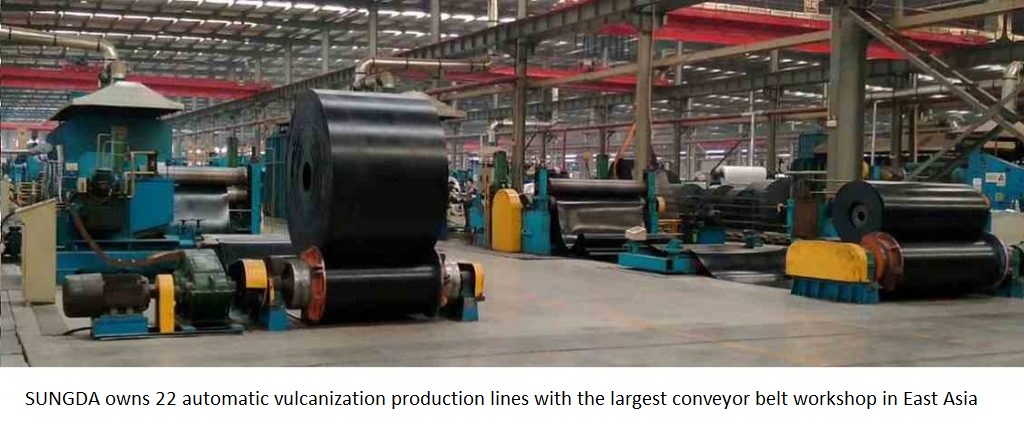Analysis of Start-up Conditions of Belt Conveyor
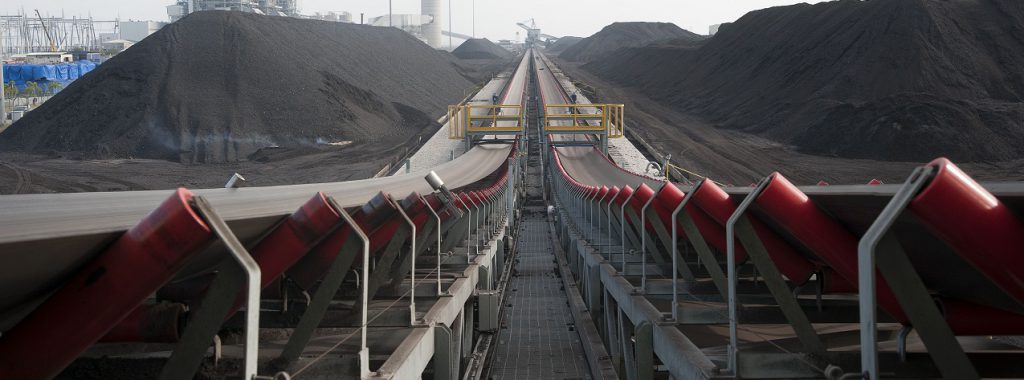
The force of the belt conveyor is relatively complicated. Generally, the components of the system are subject to greater force during the start and braking process, especially during the start of the belt conveyor, it is necessary to overcome the inertia of the body and the cargo load and the huge system in a static state. Resistance. At this time, the belt conveyor system’s stress condition is the worst, because it is necessary to study the starting conditions of the belt conveyor.
The belt conveyor accelerates from a static state to a normal operating speed during the starting process. If the acceleration is too large or the direct start method is used to start the conveyor, a strong dynamic load will be generated, which will cause a great impact on the belt conveyor system components. . For large belt conveyors, the ideal controllable soft start mode is generally used to start. The so-called ideal start means that during the whole start process, the acceleration value of the conveyor belt is small and smooth, and there is no sudden change in the acceleration value.
When the belt conveyor was just started, the conveyor belt produced a relatively strong speed fluctuation; after a crawling section of about 10s, the speed curve tended to be smooth; when the second re-acceleration, the conveyor belt did not show the previous fluctuation; The belt conveyor has a long captain, it takes time to transmit the belt tension, and the system resistance needs to be overcome along the way, so the tail of the machine starts to accelerate at about 6s; it can be clearly seen from the speed curve of the head and tail that the belt conveyor starts At the beginning, the belt speed at the tail of the machine was higher than the belt speed at the head of the machine. However, because the belt conveyor adopts a controllable soft start mode to start, the start acceleration is relatively gentle, so the surge phenomenon is not very obvious; after the crawling section, the belt speed of the head and tail gradually tends to be the same.
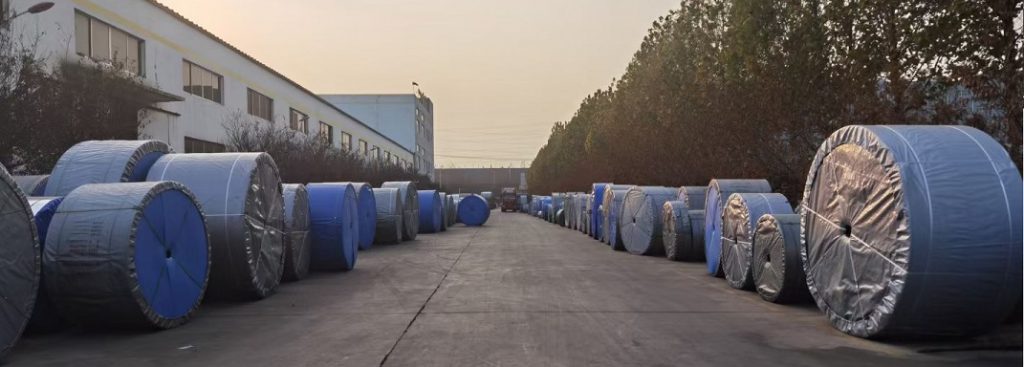
When the system is started, because the belt conveyor has to overcome the inertia of the body and the material and the frictional resistance of the system, the tension of the conveyor belt at the head of the machine increases rapidly on the basis of the initial tension, reaching the maximum value of 235.3kN in the initial acceleration stage, which is expressed as The first peak of the tension curve of the machine head; the tension of the machine tail also reaches the maximum value when the conveyor belt at the tail of the machine accelerates, which is 68.9kN. After the belt conveyor passes through the oscillation of the crawling section and the acceleration section, the belt tension curve reaches a stable value around 90s, indicating that the conveyor system of the belt conveyor has entered the normal working stage. It can be seen from the tension curve of the machine head that the peak tension of the machine head under starting conditions is about 1.2 times the value of the conveyor belt tension under stable operating conditions. The maximum dynamic tension of the conveyor belt.
Emergency stop: In case of one of the following conditions, an emergency stop should be taken: the conveyor belt is cut and the unloading port is blocked; the conveyor belt is broken with abnormal noise and tremor; the conveyor belt is jammed, and any other conditions that seriously affect the safety of production.
The maintenance cycle and content of the conveyor equipment are divided into minor repairs, medium repairs and overhauls.
1. Minor repairs include checking and repairing conveyor belt joints, replacing clamps; checking and repairing upper and lower idler rollers to adjust deviation rollers. Check or replace the lubricating oil of the reducer. Check the transmission equipment, check the electric drum electric equipment and refuel. Check and repair safety protection equipment. Check the correction coupling and replace the wearing parts. Adjust the tightness of the conveyor belt and check the tensioning equipment. Overhaul the lower hopper and chute.
2. The content of the medium repair includes all the content of the minor repair, and it is necessary to clean each bearing and change the oil, adjust the empty position or replace. Repair and replace the cleaner, repair and replace the cleaner, repair and replace the running sidewall roller of the conveyor belt. Check and replace the upper and lower roller supports. The reducer is cleaned and checked, and the wearing parts are replaced.
3. The overhaul includes all the contents of the middle repair. Check the wear condition of the conveyor belt, check, repair or replace the replacement conveyor belt and each roller component. Rack viewing, repair, adjustment or replacement. Electric drum check repair or replacement. Repair and replace the conveyor belt tensioning equipment. Reducer view repair or replacement of shafts, gears, and casings. Derusting, painting and anti-corrosion.
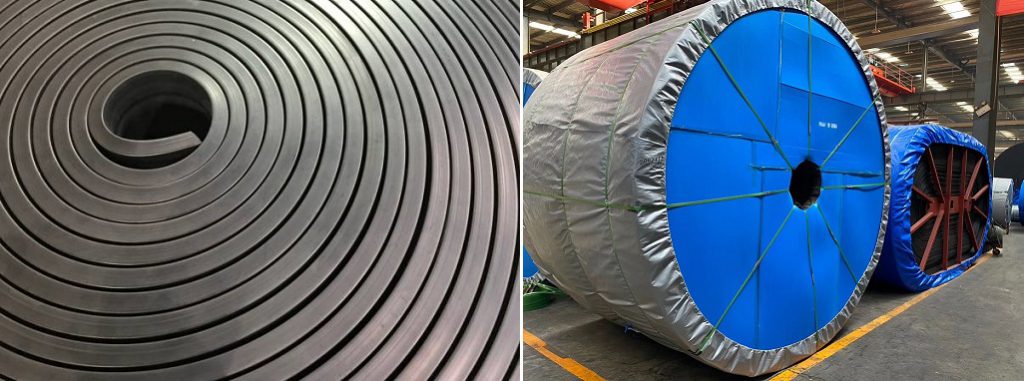
Tags: Belt Conveyor,Rubber conveyor belt

